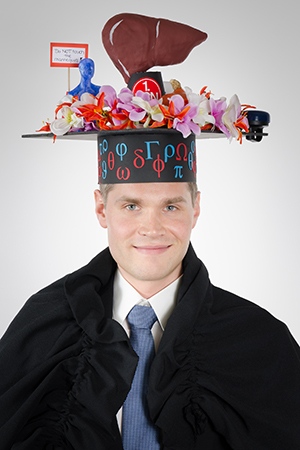Sebastian Bauer
Rigid and Non-Rigid Surface Registration for Range Imaging Applications in Medicine
Abstract
The introduction of low-cost range imaging technologies that are capable of acquiring the three-dimensional geometry of an observed scene in an accurate, dense, and dynamic manner holds great potential for manifold applications in health care. Over the past few years, the use of range imaging modalities has been proposed for guidance in computer-assisted procedures, monitoring of interventional workspaces for safe robot-human interaction and workflow analysis, touch-less user interaction in sterile environments, and for application in early diagnosis and elderly care, among others. This thesis is concerned with the application of range imaging technologies in computer-assisted and image-guided interventions, where the geometric alignment of range imaging data to a given reference shape – either also acquired with range imaging technology or extracted from tomographic planning data – poses a fundamental challenge. In particular, we propose methods for both rigid and non-rigid surface registration that are tailored to cope with the specific properties of range imaging data.
In the first part of this work, we focus on rigid surface registration problems. We introduce a point-based alignment approach based on matching customized local surface features and estimating a global transformation from the set of detected correspondences. The approach is capable of handling gross initial misalignments and the multi-modal case of aligning range imaging data to tomographic shape data. We investigate its application in image-guided open hepatic surgery and automatic patient setup in fractionated radiation therapy. For the rigid registration of surface data that exhibit only slight misalignments, such as with on-the-fly scene reconstruction using a hand-guided moving range imaging camera, we extend the classical iterative closest point algorithm to incorporate both geometric and photometric information. In particular, we investigate the use of acceleration structures for efficient nearest neighbor search to achieve real-time performance, and quantify the benefit of incorporating photometric information in endoscopic applications with a comprehensive simulation study.
The emphasis of the second part of this work is on variational methods for non-rigid surface registration. Here, we target respiratory motion management in radiation therapy. The proposed methods estimate dense surface motion fields that describe the elastic deformation of the patient’s body. It can serve as a highdimensional respiration surrogate that substantially better reflects the complexity of human respiration compared to conventionally used low-dimensional surrogates. We propose three methods for different range imaging sensors and thereby account for the particular strengths and limitations of the individual modalities. For dense but noisy range imaging data, we propose a framework that solves the intertwined tasks of range image denoising and its registration with an accurate planning shape in a joint manner. For accurate but sparse range imaging data we introduce a method that aligns sparse measurements with a dense reference shape while simultaneously reconstructing a dense displacement field describing the non-rigid deformation of the body surface. For range imaging sensors that additionally capture photometric information, we investigate the estimation of surface motion fields driven by this complementary source of information.
